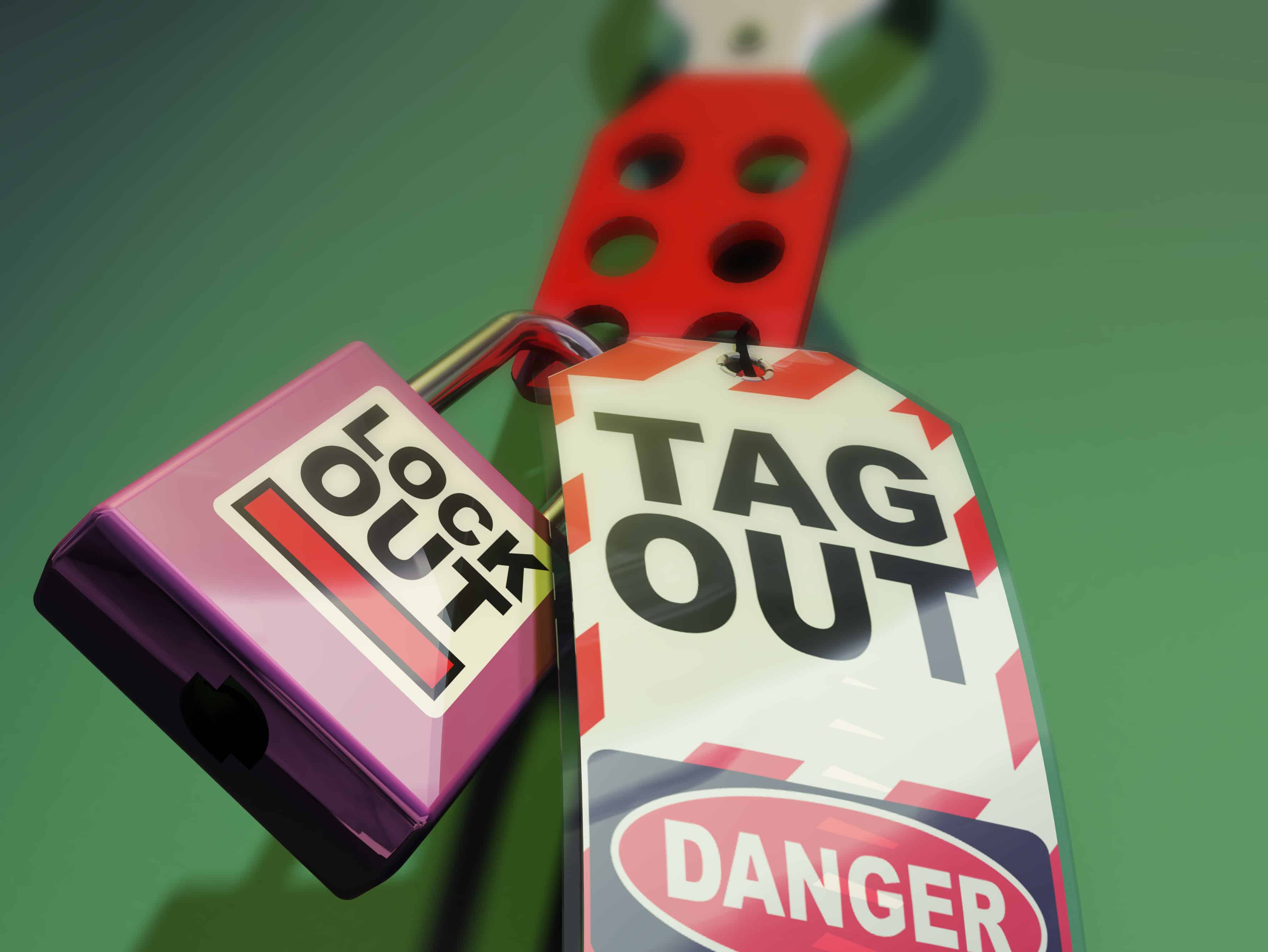A lockout tag is a special kind of tag used in research and industry settings for safety purposes. These tags make up a crucial part of the lockout-tagout or LOTO safety system.
Workplace accidents caused by accidental machine startups can lead to serious fines, injury, and even death.
Implementing a proper lockout-tagout system with the right kind of tags can create a safer environment for your employees and prevent financial loss.
Let’s dive deeper into lockout tags—including what they are, how they’re used, and why they’re essential in any workplace with hazardous machinery or equipment.
1.What do lockout tags look like?
Identifying lockout tags is easy. Typically, the tags will feature text and symbols representing the danger of removing the tag—such as a large ‘DANGER’ sign with red and white stripes.
The tag will normally feature another message stating ‘electrical work being performed’, ‘equipment locked out,’ ‘do not operate’, or some other clear note instructing workers not to operate the equipment or machinery.
Finally, the tag will include the name and department of the person who locked out the energy source and their expected date of completion.
2.How are lockout tags used?
Workers will use the lockout-tagout procedure to prevent accidental startup of machinery or equipment while in a hazardous state—such as when a worker is in direct contact with the equipment.
To begin this procedure, a worker will announce the shut-off, identify and isolate the energy source, and lock it with a special padlock.
Then, the worker will attach the lockout tag to the lock, informing other workers not to operate the energy source.
Only the person who signed the lockout tag is authorised to remove the tag and lock.
Some common types of machinery a worker might tag include:
- Motors
- Electrical switch panels
- Conveyer belts
- Industrial saws
3.Why do I need to use lockout tags?
Proper lockout tagging is crucial for preventing unauthorised persons from operating hazardous machinery.
Without an appropriate lockout-tagout system, your employees and business are at serious risk. Using a plain paper tag or written note simply isn’t enough—the tag needs to highlight the dangers of operating the equipment. The tag should also be durable and resistant to ripping, fading, or falling off the lock.
Along with the safety risks, there are serious standards and regulations surrounding lockout-tagout. All businesses should be aware of these rules to avoid hefty fines—along with potential losses from medical costs, legal fees, negative media attention, and reduced productivity.
4.Where should you store lockout tags?
You should store lockout tags in a secure, clearly visible, and easily accessible place. A lockout stations is a specialised lockbox designed to hold lockout hasps, valves, padlocks, and lockout tags.
Install your lockout station in a central space to make accessing safety equipment easier for your maintenance and repair engineers.
Conclusion
Lockout tags are specialised safety tags designed to prevent hazardous equipment from running while workers are at risk. Investing in a proper lockout-tagout system can keep your workers safe and prevent serious financial damage.

